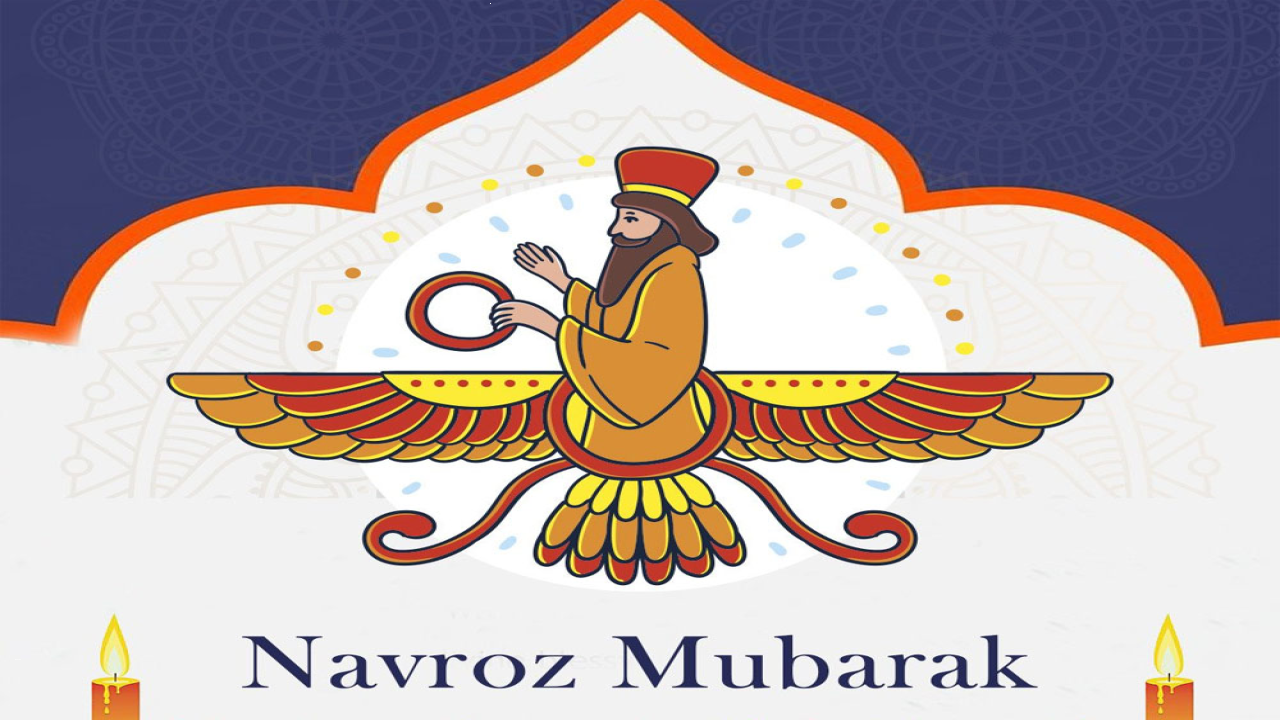Navroz – the Persian New Year
Nowruz is an ancient festival that celebrates the first day of spring in the Northern Hemisphere. It is observed by more than 300 million people in different regions worldwide, including the Balkans, the Black Sea Basin, the Caucasus, Central Asia, and the Middle East. Here is what you need to know about this festivity.
What is Nowruz?
Nowruz is a festival that marks beginning of the new year. It is celebrated on the day of the astronomical vernal equinox, which usually falls on March 21. The celebrations last for 13 days and provide an opportunity for reflection on the past and setting intentions for the future.
Rooted in Zoroastrianism, a religion practised in ancient Persia predating Christianity and Islam, Nowruz is a celebration of the return of spring, representing the triumph of good over evil and joy over sorrow.
Who Celebrates Nowruz?
Given its origins, Nowruz is widely celebrated in countries with significant Persian cultural influence, including Afghanistan, Azerbaijan, India, Kyrgyzstan, Kazakhstan, Pakistan, Turkey, Tajikistan, Turkmenistan, and Uzbekistan.
How do people celebrate Nowruz?
Nowruz celebrations vary from country to country, but they share some common traditions. One of the most important is the preparation of the Haft-Seen table, which is a family activity. It involves placing seven items that start with the Persian letter “S” on a table, which represent different wishes and hopes for the new year.
The seven items, also known as the seven “S”s, include Sirkeh (vinegar), Sikkeh (coin), Seer (garlic), Seeb (apples), Sabzeh (wheat), Samanu (wheat pudding), and Sumac (berries). The table may also include a mirror, painted eggs, a goldfish, and candles.
During Nowruz, people also engage in symbolic preparations with fire and water and perform ritual dances, some of which involve jumping over fires, symbolically purging bad experiences from the previous year. Before the arrival of the new year, families gather to exchange wishes, and the eldest member distributes sweets while young children receive coins and presents.
Month: Current Affairs - March, 2023
Category: Art & Culture Current Affairs


